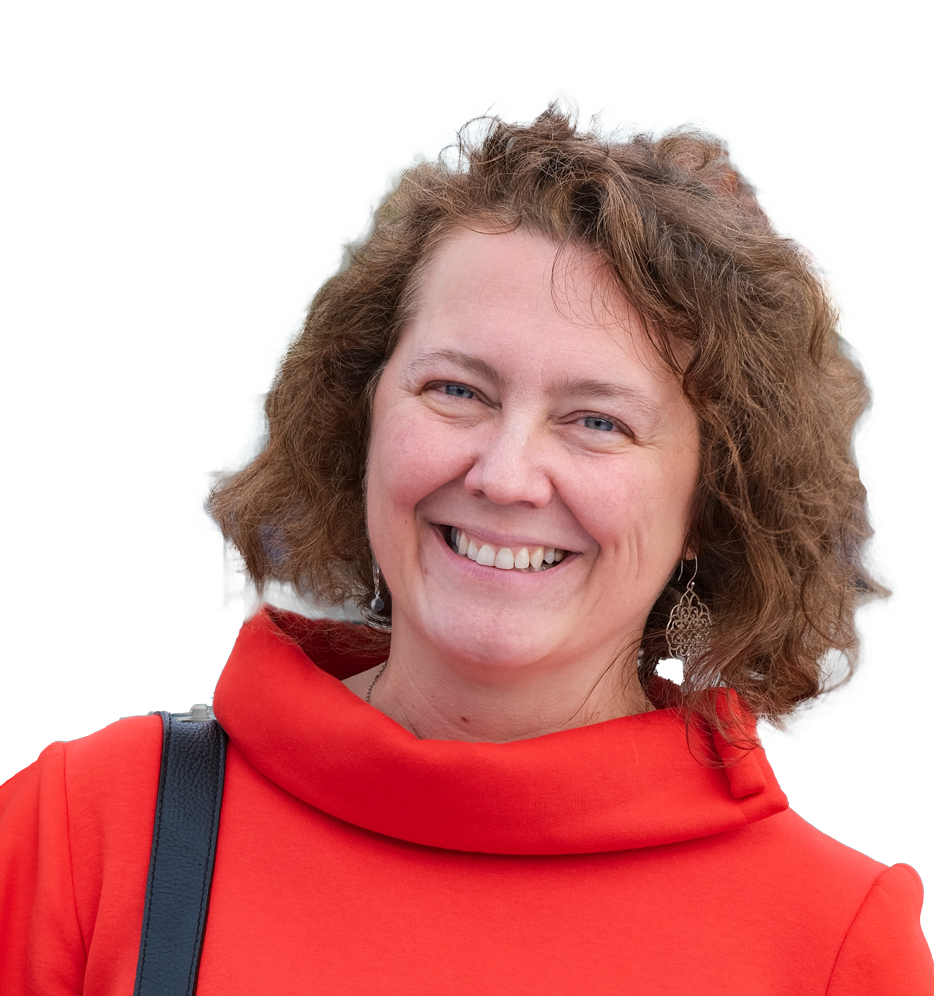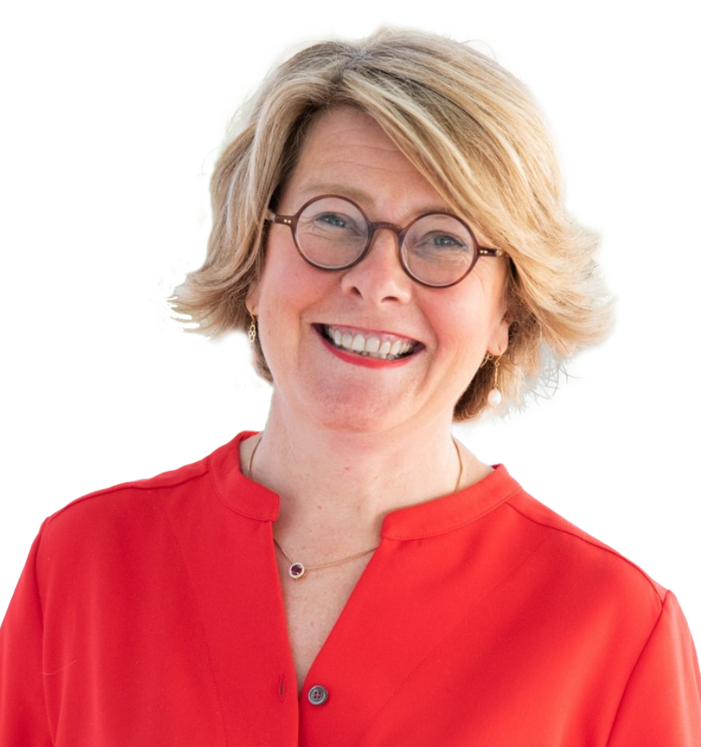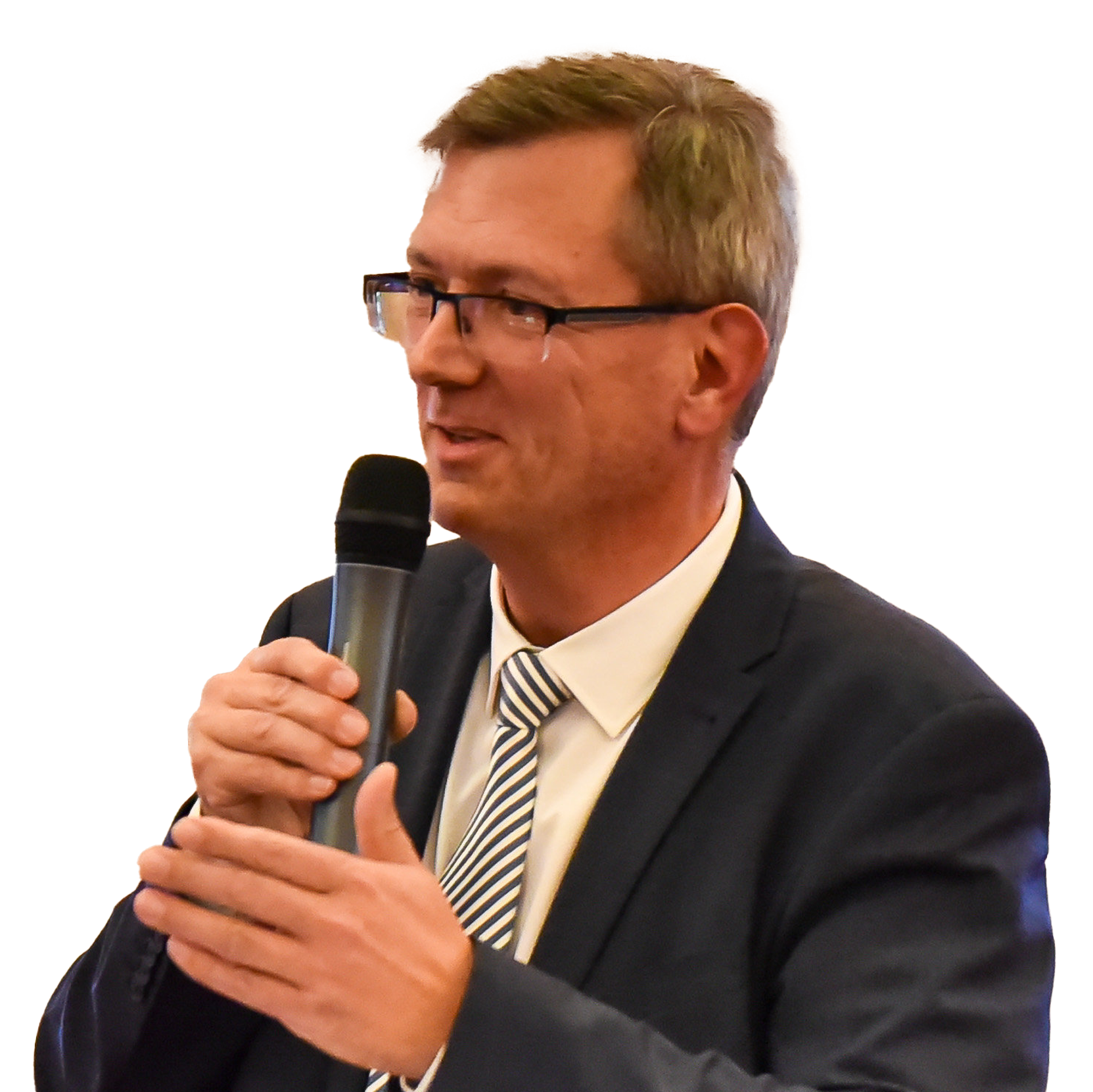
My first encounter with the EFIP family started in 2006 in the port of Brussels, and I was immediately convinced of the benefits of exchanging experiences and the need to bundle common interests. EFIP was at the beginning of its second decade of existence and was endeavouring to make its voice increasingly heard at European level. On 1 October 2014 - the anniversary of its 20th birthday - it became clear that EFIP had definitely arrived on the European stage: more than 150 guests from all over Europe, among them Michael Cramer, Chairman of the European Parliament’s Committee on Transport and Tourism, as well as representatives of the European Institutions, Member States and River Commissions, Port Directors, and other transport stakeholders attended the ceremony. As it was my first public appearance as President, I was impressed by the presence of all the stakeholders, and at the same time, it was also very motivating to continue full speed ahead!
One and a half years later, on 25 February 2016, as President of EFIP and representing the members of the Platform for Multimodality and Logistics in Inland Ports, we handed over the final results of the study on Multimodality and Logistics in Inland Ports to Commissioner Violeta Bulc. On the initiative of DG Move (Dimitrios Theologitis) and EFIP, the Platform brought together major stakeholders and experts from inland ports, logistics and transportation companies, operators, as well as shippers. The Platform defined the role that inland ports shall play in an integrated multimodal logistics chain. As drivers of economic growth, their objective was to identify barriers and good practices, and to provide policy recommendations to reap the full potential of inland ports.
With a stronger positioning in the Core Network Corridor development, land use planning and digital solutions, inland ports become the connectors to bundle cargo flows as much as possible and help decarbonise transport.
The strengthening of EFIP’s presence in Central and Eastern Europe with the accession of the Croatian port of Osijek, Bulgarian Port Infrastructure, the Szczecin and Świnoujście Seaports Authority and the Serbian Port Governance Agency it has attracted a great deal of attention over the last 10 years – and, also, is of great personal concern to me. The upgrading of the Danube and Sava corridors and their ports is one of EFIP’s political priorities and is of European importance for economic and civil society development.
The cabinet of curiosities includes a category of ports that are neither ‘male’ nor ‘female’, but ‘diverse’! These are the mixed inland and seaports, such as the Danish port of Aalborg or the Romanian port group Galati-Braila-Tulcea: they are ‘diverse’ or ‘both’. Despite their ideal characteristics, they often face a lack of understanding from legislators.: they cannot yet decide in favour of ‘diverse’ or ‘both’ everywhere. This is another task for EFIP to raise awareness with European and national legislators in the coming decade.
Despite everything, the core of EFIP remains its strength with around 200 ports in 21 European countries: an inexhaustible pool and wealth of experience on the role and development of the regional economy. Best practices still have further potential !
Conclusion: If a new structure were to be found for the multimodal, space-saving supply of goods for the economy and society, then inland ports would have to be reinvented!






